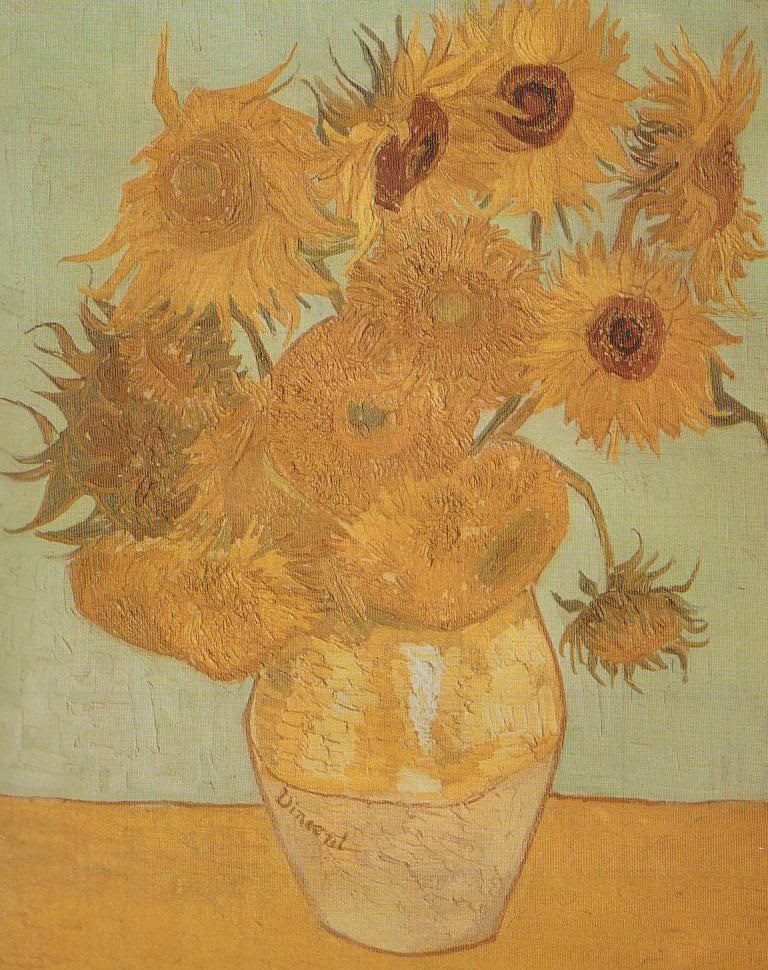
Objective: To enhance descriptive, expository, and creative writing using pictures
Age: 5+ Time: 30-45 minutes (writing/art varies) Grades: any age
Materials:
- Photographs, magazine pictures of animals, people, places & things
- Construction paper
- Lined paper
- Pencil
- Glue
- Scissors
- Colored pencils or markers (optional)
Using Photographs to Enhance Writing
A pre-writing visual can help stimulate and enhance students’ descriptive writing. The use of photographs will also expedite the lesson if the picture is already done (i.e. black and white or color). Colored photographs will undoubtedly help the writer with descriptive language and make the process easier and sometimes more enjoyable.

2nd Grade Writing
(*Notice the difference in their writing using the same photograph.*)
Lesson:
(Note: When using verbs, adjectives, and nouns, it is motivating to give the children pictures of animals, people, places or things to describe once a week for practice; ages 5-8. Younger kids may need to dictate their thoughts instead of writing.)
It’s time to use photographs. With the photographs, describe the action seen and use your imagination to create a narrative story, poem, expository paragraph, riddles and more. Brainstorming is a wonderful way to generate new and descriptive vocabulary. Leave the vocabulary on a chart for inexperienced writers to use. Try the same with verbs as well.
Circle the descriptive words: Bumpy flippers, cold water, fast turtle, warm, salt water, still boats, huge eyes
The turtle and water would not be the same without descriptive words!
A Deeper Look:
Notice that Andrew and Abby really used their imagination, obviously relying on some prior knowledge too. Encourage the children to begin with the words “As I am…” This will give them ownership and place them right in the setting or even as the main character. Moreover, visual imagery was transferred to visual memory. Now the classmates can visualize a turtle in water with imagination and more detail.
Lesson Steps:
1: Choose a special topic to write about and find a photograph to match or just use any photograph or magazine picture for inspiration. Note: Children can locate photographs in magazines, on the internet or use their own digital pictures as well.
2: If you want the children to have more knowledge about the topic, have them read books about the subject as well.
3: The children can use a selected photograph and use the visual to inspire their descriptive or informative writing. If time is allowed for more creativity, have the children cut and glue the pictures onto colored paper for embellishment. They may want to add color if it is a black and white photocopy too. Other art mediums are optional.

4: Another way to display written work is to cut the picture into parts and write in the spaces. You can use this for poetry and note-taking as well.
5: Students are encouraged to use their ‘visual’ to help them generate ideas to write about. You can use a graphic organizer to help organize their thoughts and easily transfer those words and phrases into their writing. (teacher discretion)
6: Edit the writing and creatively publish for display.
7: Read orally when done!
8: This activity can easily guide other writing mini lessons, i.e. use of verbs and adjectives, elaborative sentences, setting, plot and character development. (optional)
Evaluation:
In order for incidental learning to occur, move throughout the room to confer and assess where needed. Depending on the skill you are reinforcing, this activity lends itself, but not limited to, easily assessing descriptive sentences, sequential order, setting, plot, writing to inform, expository, narrative and poetic writing. Be sure to inform your students about your expectations. Perhaps you can orally assess a particular skill by asking the children to identify parts of a sentence, the main topic or main idea. Their written application will already be completed. Another way to organize your anecdotal notes can be to create a skill chart and check off the skills that have been mastered or need more improvement. See other ways to use this lesson.
Other Ways to Use This Lesson:
Imagery has been found to be the single most effective curriculum intervention strategy. Remember to allow the opportunity for your learners to write with visual imagery. Let them see the picture before they write. Train them early to ‘visualize’ and use the details in their writing.
This lesson can focus on various skills. When you are introducing the purpose of writing with photographs, allow the children to draw on previous knowledge (i.e. a story about their topic of choice), as well as be inspired by the pictures. Try this activity every week with photographs. Keep a basket of various photographs. If you have a computer or smart board, use internet pictures to inspire a visual image for your writers. Sometimes wallpaper stores have old photographs they are getting rid of. Use these visuals to inspire your class. You can utilize this community basket of photographs in various mini-lessons too. Glue the pictures in writing journals or create an on-going photo class book with corresponding inspirational or informative writing. This activity can give you an on-going progress assessment as well.
Additionally, allow the children to highlight adjectives and verbs in different colors, identifying its proper use. Perhaps the children can use photographs of people. Have them write sentences using dialogue, and evaluate their understanding and use of commas and quotation marks. This will turn boring sentences into more exciting ones. Have them write synonyms and antonyms to increase their vocabulary, or even creatively use their ideas in poetic form. Perhaps they can take each sentence and elaborate them for practice. You can also use this activity to enhance existing story topics, using a topic sentence or main idea. Photographs are great for inspiring riddles too. Use a photograph and hand out class copies for everyone to write about. You will be amazed at the various stories they will write about the same visual.
Remember, if writing time is a challenge, keep pictures or cards of animals, people, or places available, with or without a background for your students to use rather than spending time illustrating. If you have time to illustrate and create, try to use the pictures to make vocabulary cards with a picture on one side and vocabulary on the back. (i.e. nouns, adjectives, verbs, antonyms and synonyms) optional. This is a wonderful way to reinforce vocabulary for English Language Learners (ELL). Keep the cards in a basket for these children to practice daily. You can also use these visuals to glue in dioramas or onto stick puppets, use as characters, and glue onto blank greeting and note cards too. For instance, you can glue a photograph on the outside of a card and on the inside is a poem or glue the photograph on the inside of the card and the writing on the outside can be an informational paragraph, a riddle or description.
Another way to use photographs is to take blank paper and fold the opposite sides in towards the middle so the edges touch. Crease the sides real flat. Take your photograph and glue it across the top folded edges carefully. Now cut down the middle of the picture where the two edges meet and it will open like a card with the visual cut in half. Glue the writing on the inside and you can display riddles, expository and descriptive paragraphs, a story, Venn diagram, character chart, etc. Display for others to read by standing it up like a card or simply keep it flat on a table or counter.
Lastly, glue your work to colored paper and display pictures and writing creatively. Share aloud with classmates. Create a bulletin board, collect the writing and add to your classroom library.
About the Author:

Kim Waltmire is a state and national award-winning educator. She holds an honorary seat with the 2006 USA Today All-Star Teacher team. Kim is a graduate from CCSU with a Masters in Early Childhood Education. She published a writing & literacy book; Picturesque Writing, now self-published as The Art of Visual Writing for elementary teachers K-5. Kim also published a Read-Along Series for primary grades, coupled with spelling, grammar, science and social studies lessons for k-12 with a home-school company. Her writing and Project Based Learning strategies were recognized and published in the Creative Classroom Teacher’s magazine; May/June 1998 issue. She was recognized for her educational contributions and Project Based Learning by Oprah Winfrey, interviewed on CNN, Fox News, and honored by the CT State Governor several times. Kim has taught elementary school for 28 years and presently an Educational Literacy Consultant. Kim’s passion is teaching writing literacy for all learning styles.
- Twitter: @kwaltmire
- LinkedIn: www.linkedin.com/in/kimwaltmire/
- Website: www.visualccl.com







